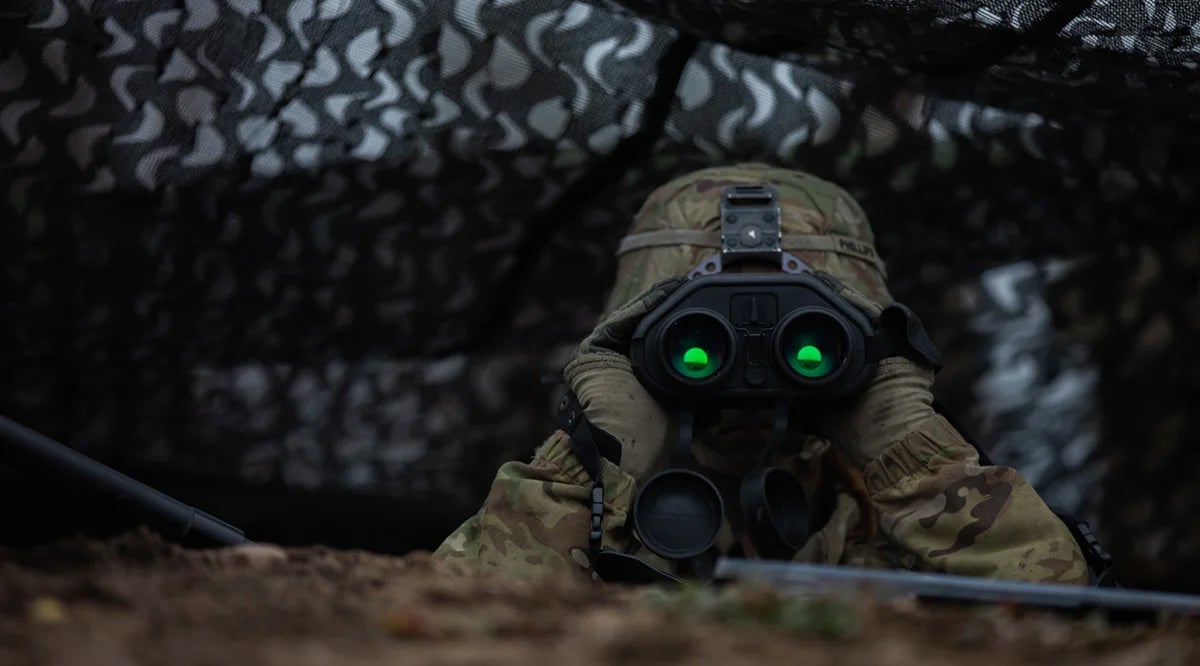Paper: Finland Border Creates Vulnerability for NATO
Paper: Finland Border Creates Vulnerability for NATO

Though the admission of Finland to NATO strengthens the alliance’s eastern flank and increases its available military resources, the move also introduces new vulnerabilities for the 31-member organization, according to a new paper published by the Association of the U.S. Army.
When Finland became a member of NATO on April 4, it “more than doubled NATO’s border with Russia,” which “poses significant vulnerability and liability for NATO due to its provocation of Russian President Vladimir Putin, access to irregular migration and terrorists and lack of security against conventional and irregular warfare forces,” Air Force Maj. Brennan Gallagher writes in the paper.
In “Bittersweet New Member: Finland-Russia Border Vulnerabilities To NATO,” Gallagher, an action officer assigned to the Commander’s Action Group at U.S. Air Forces in Europe and Air Forces Africa at Ramstein Air Base, Germany, urges NATO to take action to minimize danger and maximize the benefits of the Finnish-Russian border.
“Finland’s acceptance into NATO places considerable pressure on Putin and the Russian government, and any adverse actions, including defensive posturing, could incite further Russian aggression toward Finland,” he writes.
Further, Finland’s participation in NATO activities, including the Strategic Airlift Capability program, increases NATO activities near Russia and “will further strain the relationship between Finland and Russia, raising tensions along the border,” he writes.
“Minimal” security measures along a 1,000-kilometer stretch of the Finnish border remain vulnerable to Russian forces, Gallagher writes. “This unprotected border offers access to Finland for conventional or irregular warfare forces. Irregular warfare forces, such as Russian special operations forces (SOF), could cross the border at night or during inclement weather undetected,” Gallagher writes. “Covert Russian SOF could then advance deeper into Finland, Sweden or elsewhere in Europe across the Baltic Sea to conduct hybrid operations.”
NATO must strike a balance between the benefits and drawbacks of Finland’s NATO membership, Gallagher writes.
“NATO officials must acknowledge these vulnerabilities and identify and develop mechanisms to counter them,” he writes. “Otherwise, the benefits of Finland’s membership will not outweigh the strategic vulnerabilities of an unsecured border against Russia.”
The paper is available here.

